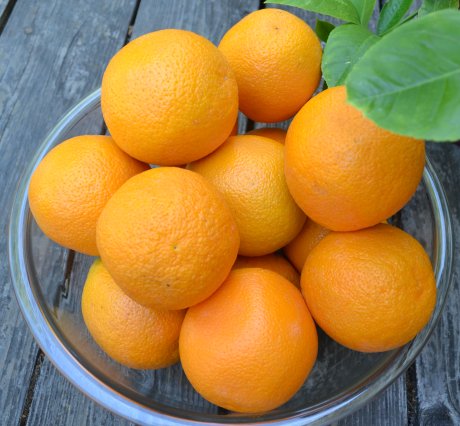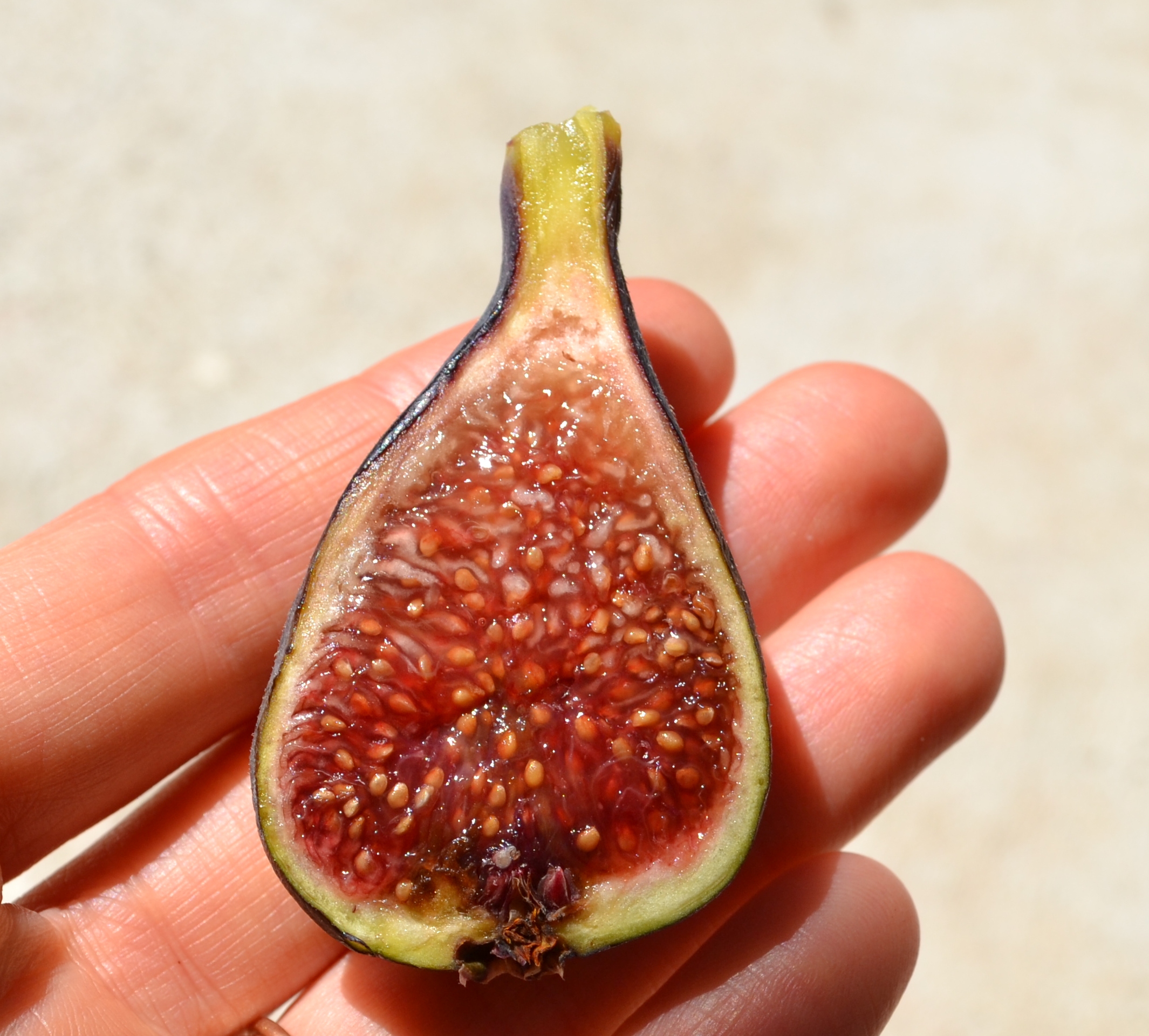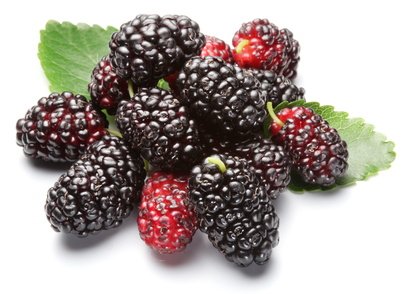When one thinks of good raw plant sources of minerals such as calcium and iron, certain leafy greens, nuts, and seeds generally come to mind. It’s rare that one would think of fruit as being a good source of minerals. In fact, often in conversations, people ask questions like “but isn’t fruit deficient in minerals?” or “isn’t fruit high in carbs but not much else besides antioxidants?” After repeatedly hearing questions like this, I put together some tables with the calcium and iron content of a variety of fruits along with a video and a talk I presented at the Woodstock Fruit Festival a few years ago.

Seeing the actual numbers can help us make more informed food choices and increase confidence in our dietary approach:
| Food | Amount | Calcium content |
| Figs | 5 fresh | 100 mg |
| Valencia Oranges | 2 medium | 97 mg |
| Deglet noor dates | 1 cup | 57 mg |
| Mulberries | 1 cup fresh | 55 mg |
| Kiwifruit | 2 peeled | 52 mg |
| Blackberries | 1 cup fresh | 42 mg |
| Mamey sapote | 1 cup | 32 mg |
| Raspberries | 1 cup | 31 mg |
| Medjool dates | 2 pitted | 31 mg |
| Papaya | 1 cup pieces | 29 mg |
| Strawberries | 1 cup sliced | 27 mg |
| Apricots | 1 cup fresh | 21 mg |
As we can see, some fruits can actually be considered good sources of calcium, especially figs.

For comparison, the adult daily values for calcium are 1000 mg up to 50 years and 1200 mg for 51+ years.

Regarding iron, certain types of berries are quite rich in this important mineral, especially when compared to the adult RDAs for iron of 8 mg for men and post-menopausal women and 18 mg for premenopausal women:
| Food | Amount | Iron content |
| Mulberries | 1 cup | 2.59 mg |
| Dates, deglet noor | 1 cup | 1.50 mg |
| Durian | 1 cup, diced | 1.04 mg |
| Blackberries | 1 cup | 0.89 mg |
| Raspberries | 1 cup | 0.85 mg |
| Persimmons | 1 fruit | 0.62 mg |
| Strawberries | 1 cup halves | 0.62 mg |
| Apricots | 1 cup halves | 0.60 mg |
| Bananas | 1 cup, sliced | 0.58 mg |
| Grapes | 1 cup | 0.54 mg |

Now, I know that not everyone is going to eat these amounts of fruit, however some raw food enthusiasts will eat even more fruit than this, so one would need to adjust the iron content based on the serving size they choose to estimate how much of each mineral is in their food. These numbers are helpful to know, however, it’s important to consider that certain leafy greens are much better sources of these minerals. So, for comparison, let’s take a look at the calcium and iron content of certain leafy greens:
| Leafy Green | Calcium content | Iron content |
| Romaine lettuce, one head (626 g) | 207 mg | 6.0 mg |
| Dandelion greens, 4 cups (220 g) | 411 mg | 7.0 mg |
| Kale, 4 cups (268 g) | 362 mg | 4.6 mg |
| Arugula, 4 cups (80 g) | 128 mg | 1.2 mg |
| Frisée greens, 4 cups (200 g) | 104 mg | 1.7 mg |
| Escarole, 4 cups (200 g) | 104 mg | 1.7 mg |
| ‘Spring mix’ (200 g) | 190 mg | 1.2 mg |

There are lots of other leafy greens that are also good sources of these important minerals. But it’s also important to know that certain leafy greens are not good sources of these minerals because they contain significant amounts of oxalic acid (oxalate content). Those would include: spinach, Swiss chard, beet greens, parsley, purslane, and others. Oxalate binds to iron and calcium in these foods making these minerals less usable by the human body. These foods are not ‘bad’ foods, they are just not great sources of these minerals, especially when they are raw. If you would like to learn more about oxalate, we encourage you to watch our recent webinar: https://www.youtube.com/watch?v=pUGt9_Xx4rU
Wishing you the best of health!
